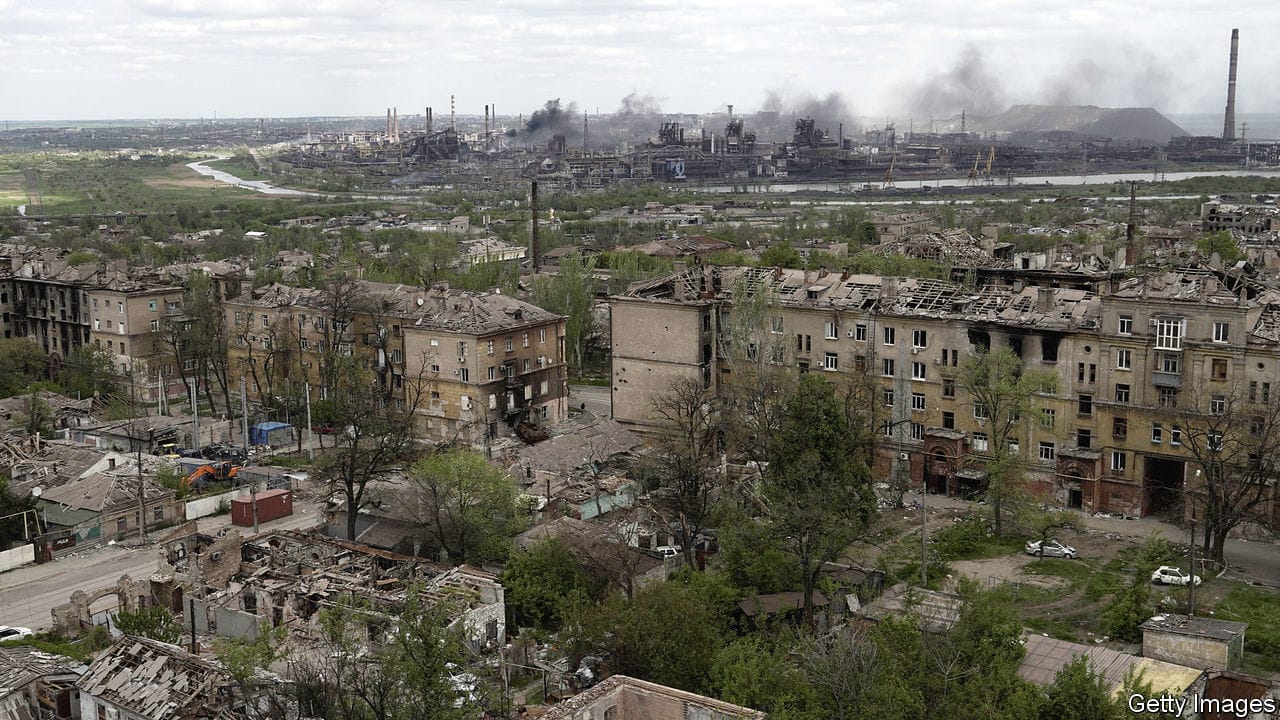“The citydoesn’t exist any more,” said Dmytro Kuleba, Ukraine’s foreign minister, in April. By then Mariupol, on the Sea of Azov, had beenunder Russian siegefor seven weeks—bombed, shelled and struck by rockets. The city fell the next month. Its mayor said that 1,300 high-rise buildings had been destroyed. Satellite images suggested almost half its built-up areas werebadly damaged(see map). A pre-war population of over 400,000 had shrunk by more than 75%.
This article appeared in the International section of the print edition under the headline “Mean streets”
Discover stories from this section and more in the list of contents
Sweden is banning OnlyFans content as the lines around sex work blur
It is meekly welcoming the new sheriff’s vigilante justice
The answer matters more than you think
Donald Trump prefers deals to regime change
After decades of rising secularism, Christianity is holding its ground—and gaining among the young
